Prerequisites 📋
Before starting, make sure you have:
- Your AWS account
- Your website files
- About 45 minutes ⏰
- GitHub account 🐙
Step 1: Understanding Git and GitHub in a Fun Way! 🎮
What is Git? Think of it as a Time Machine for Your Code! ⏰
Imagine you’re writing a story, and every time you make a change, you take a snapshot with your phone. Git is like that, but for your code! Here’s what makes it awesome:
- 📸 Time Machine: Git remembers every single change you make, like having a photo album of your code’s evolution
- 🔄 Undo Button: Made a mistake? Git lets you go back to any previous version instantly
- 🧪 Safe Experimentation: Want to try something crazy? Git lets you create a “branch” (like a parallel universe) where you can experiment without breaking your working code
- 👥 Team Play: Multiple people can work on the same project without stepping on each other’s toes
Think of Git as a super-smart assistant that never forgets anything and always has your back! 🦸♂️
What is GitHub? It’s Like Social Media for Code! 🌐
GitHub is where all the cool developers hang out and share their projects. Think of it as:
- 🏠 Your Code’s Home: Like having a house for your code in the cloud
- 📚 Portfolio Showcase: It’s like having a digital resume that shows off your coding skills
- 🤝 Collaboration Hub: Want to work with others? GitHub makes it super easy
- 🔗 Magic Connections: It connects to services like AWS Amplify to automatically deploy your website
GitHub is basically the Instagram of coding – but instead of sharing selfies, you share awesome code projects! 📱✨
Why This Matters for Your Website? Let’s Use a Real-Life Example! 🏠
Imagine you’re building a house (your website):
Old Way (Manual S3 + CloudFront):
- Every time you want to change the color of your house, you have to:
- Go to the hardware store (upload files to S3)
- Paint the house yourself (manual deployment)
- Tell everyone the house changed (cache invalidation)
- Hope you don’t mess up (no backup of previous versions)
New Way (Git + GitHub + Amplify):
- You make a change to your house design (edit code)
- Take a photo (Git commit)
- Put it in your design album (GitHub)
- A magical robot (Amplify) automatically:
- Paints your house with the new color
- Tells everyone about the change
- Keeps a perfect record of every change
- Makes sure nothing breaks
It’s like having a team of professional builders who work 24/7 to make your website perfect! 🏗️🤖
How AWS Amplify Makes Magic Happen! ✨
AWS Amplify is like having a super-smart butler for your website:
What Amplify Does:
- 🚀 Automatic Deployment: Every time you update your code on GitHub, Amplify automatically deploys it
- 🌍 Global Distribution: Uses CloudFront to deliver your website to users worldwide
- 🔒 Security: Automatically handles HTTPS certificates and security
- 📱 Optimization: Makes your website load super fast on all devices
- 🔄 Continuous Updates: Your website is always up-to-date with your latest changes
The Magic Flow:
- You make a change to your code
- Git saves the change
- GitHub stores it safely
- Amplify automatically detects the change
- Amplify builds and deploys your website
- Your users see the update instantly!
It’s like having a personal website manager who never sleeps and always keeps your site perfect! 🌟
Step 2: Create Your GitHub Account and Repository 🐙
Create GitHub Account
- Visit github.com
- Click “Sign up” and create a free account
- Choose username carefully – This becomes part of your professional identity
- Verify your email
Create Your Repository
A repository (or “repo”) is like a project folder that Git tracks:
- Click the green “New” button or “+” in top right
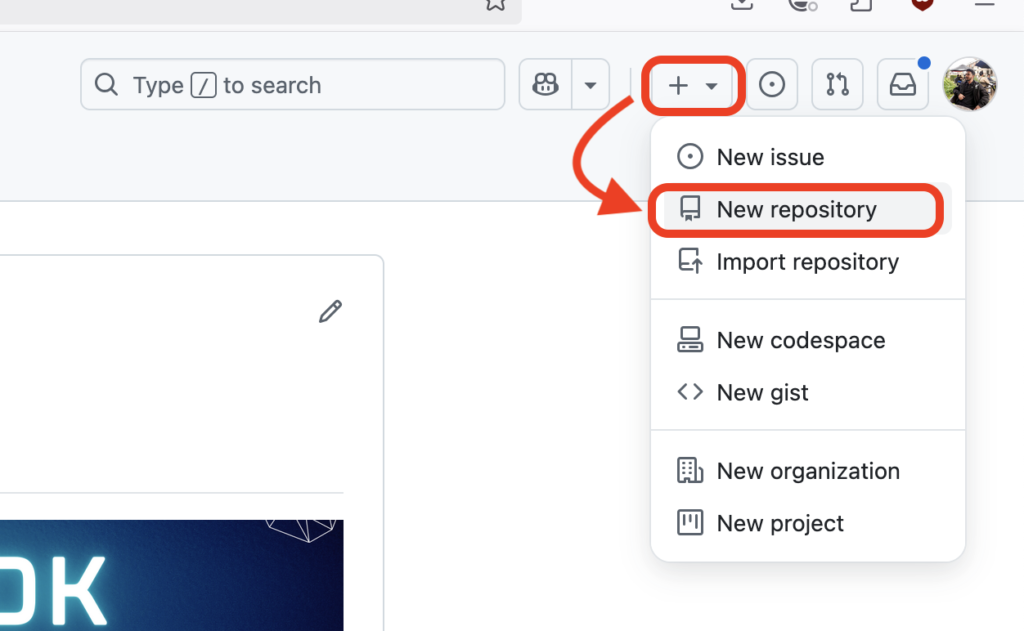
- Fill in repository details:
- Name:
my-website - Description: “My website built on AWS”
- Visibility: Public or Private (Amplify works with both)
- Add README: Off
Click “Create repository”
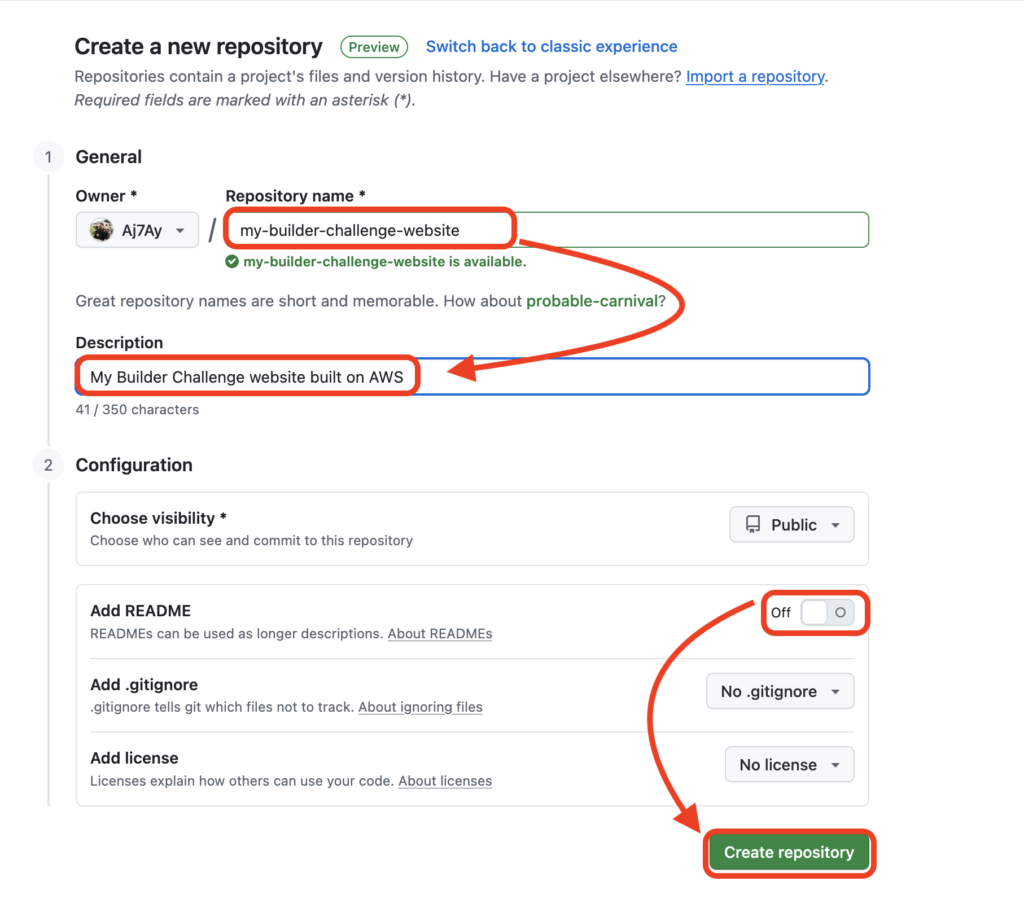
Upload Your Website Files
- Click “Add file” → “Upload files”

- Upload your files:
- Drag and drop your index.html, style.css, and profile photo
- Or click “choose your files”
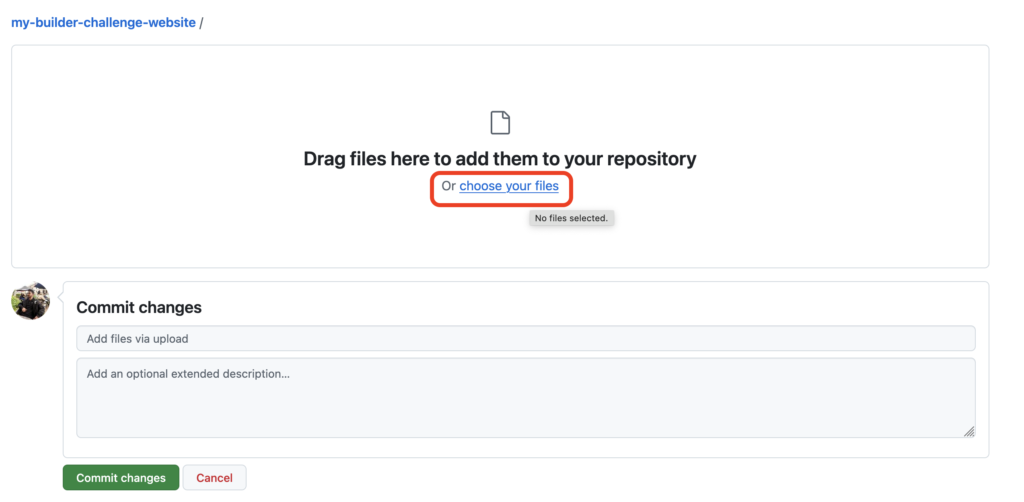
- Commit changes:
- Message: “feat: amplify deployment”
- Description: “Personal website with HTML, CSS”
- Click “Commit changes”

Step 3: Deploy with AWS Amplify + GitHub 🚀
AWS Amplify provides the same infrastructure you built manually but with automation:
- Same performance (CloudFront)
- Same security (HTTPS)
- Better workflow (GitHub integration)
- Less complexity (automatic configuration)
Create Amplify App with GitHub
- Navigate to AWS Amplify Console

- Click “Deploy an app”
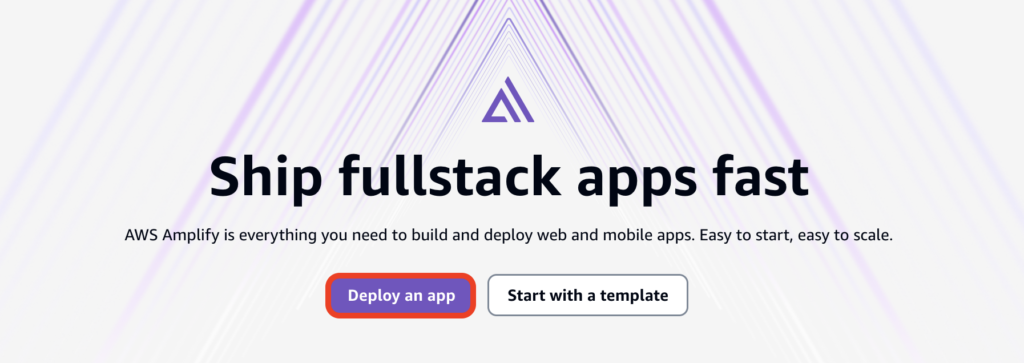
- Select “GitHub” and click “Next”

- Click “Authorize AWS Amplify”
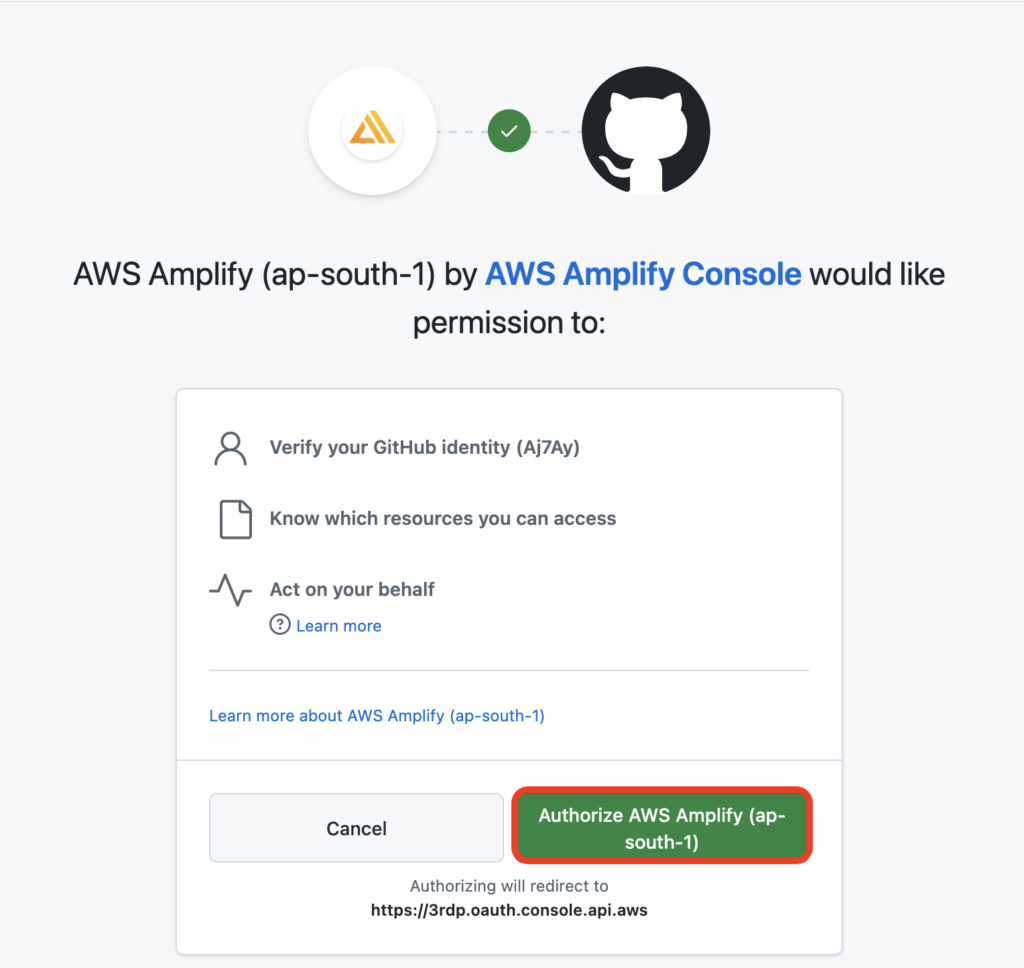
- Update GitHub permissions:
- Choose “Only select repositories”
- Select your repository
- Click “Install & Authorize”
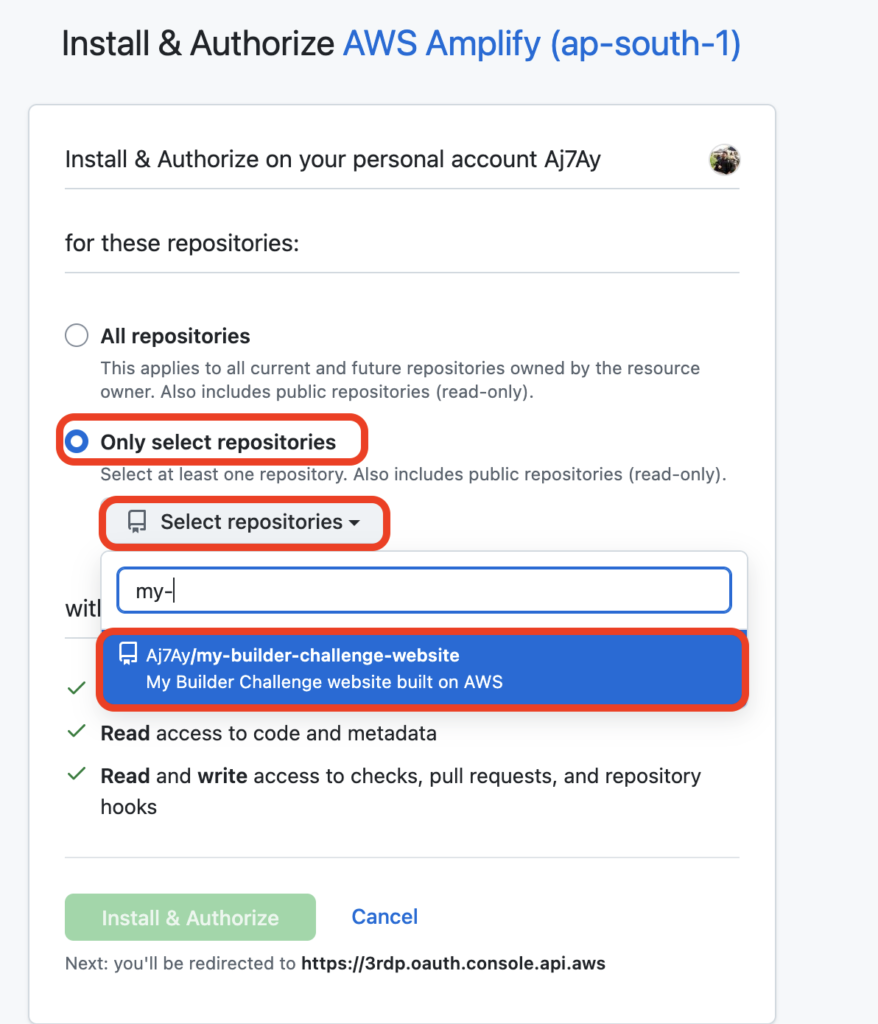
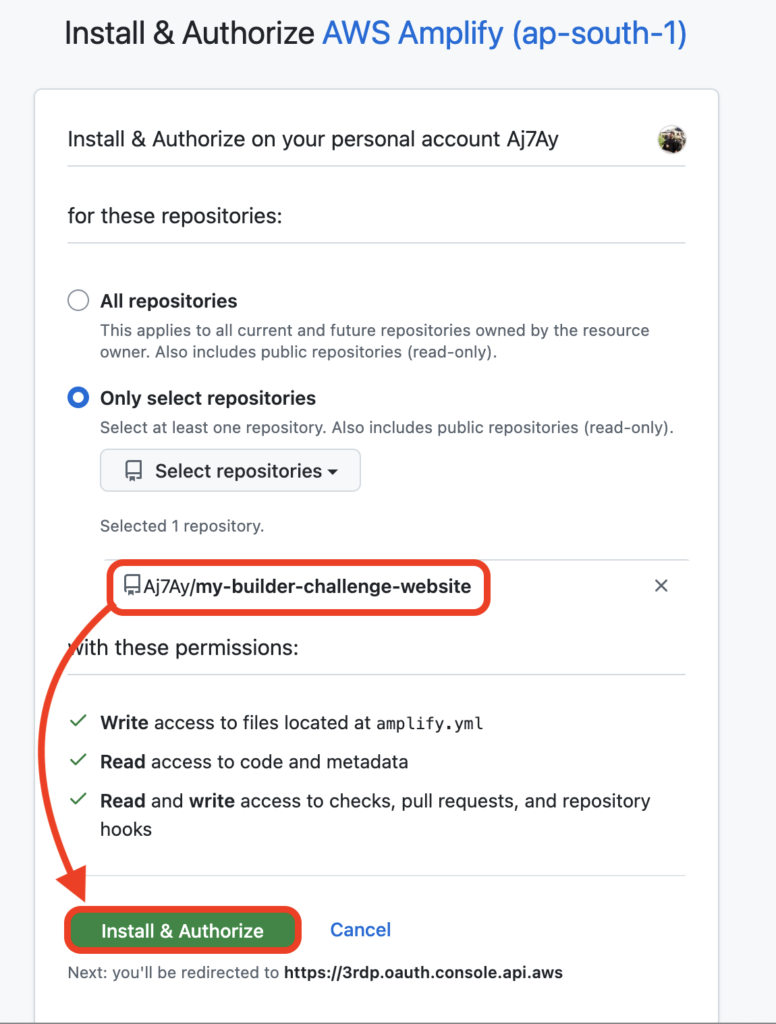
Select repository:
- Choose your repository
- Branch: main
- Click “Next”

Configure App Settings
- Enter app name:
my-builder-challenge-website - Build settings: Accept defaults
- Click “Save and deploy”
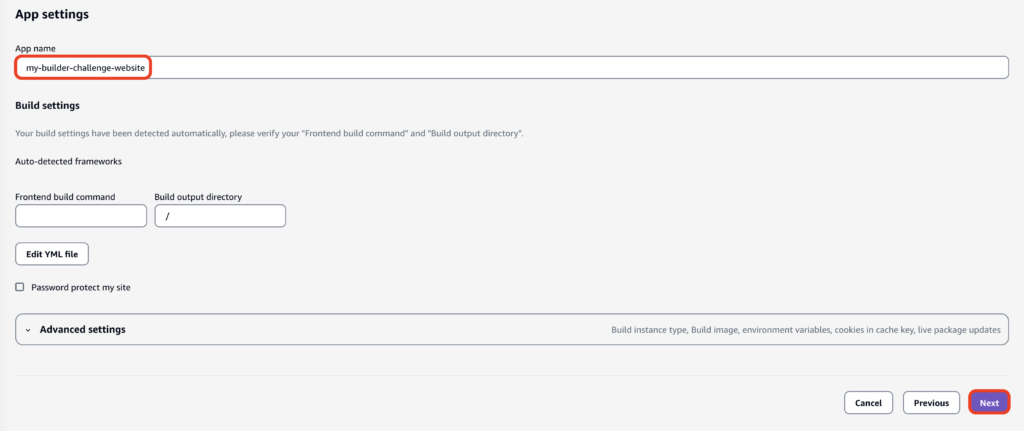
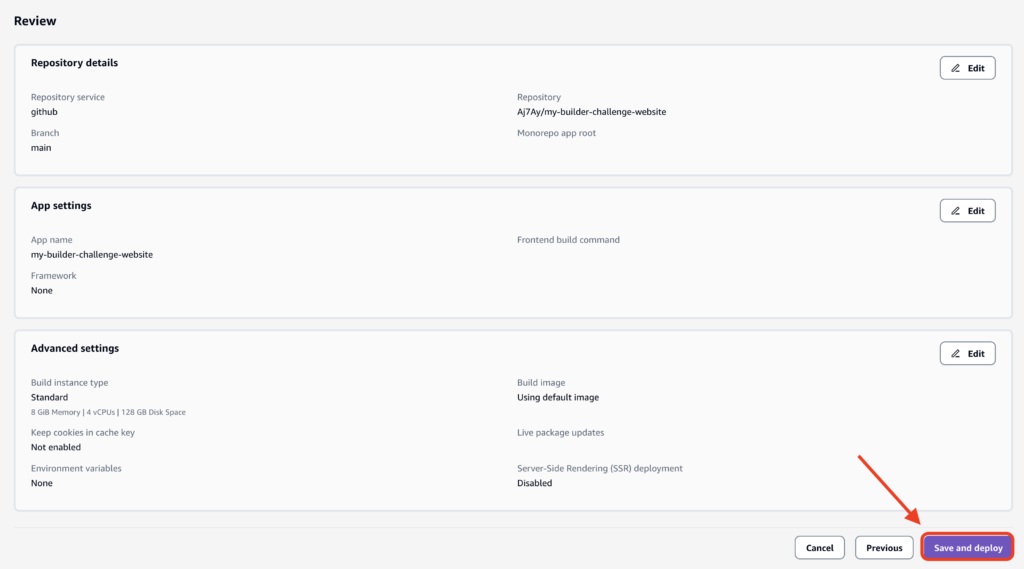
Verify Initial Deployment
- Copy the Amplify domain
- Test your website – Should load with HTTPS
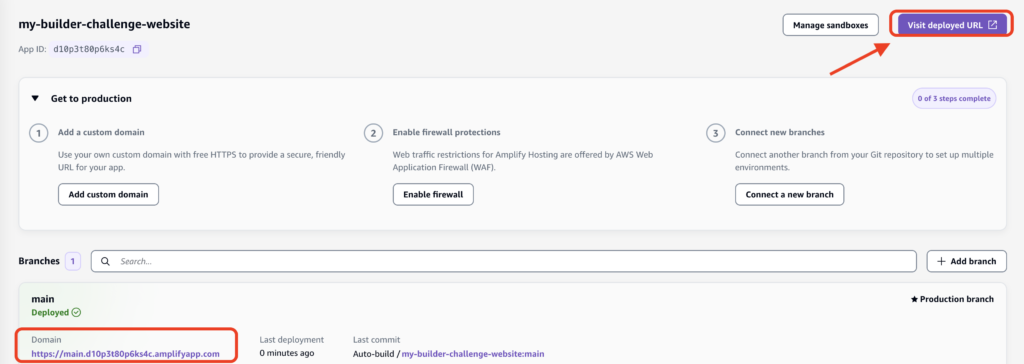


Leave a Reply